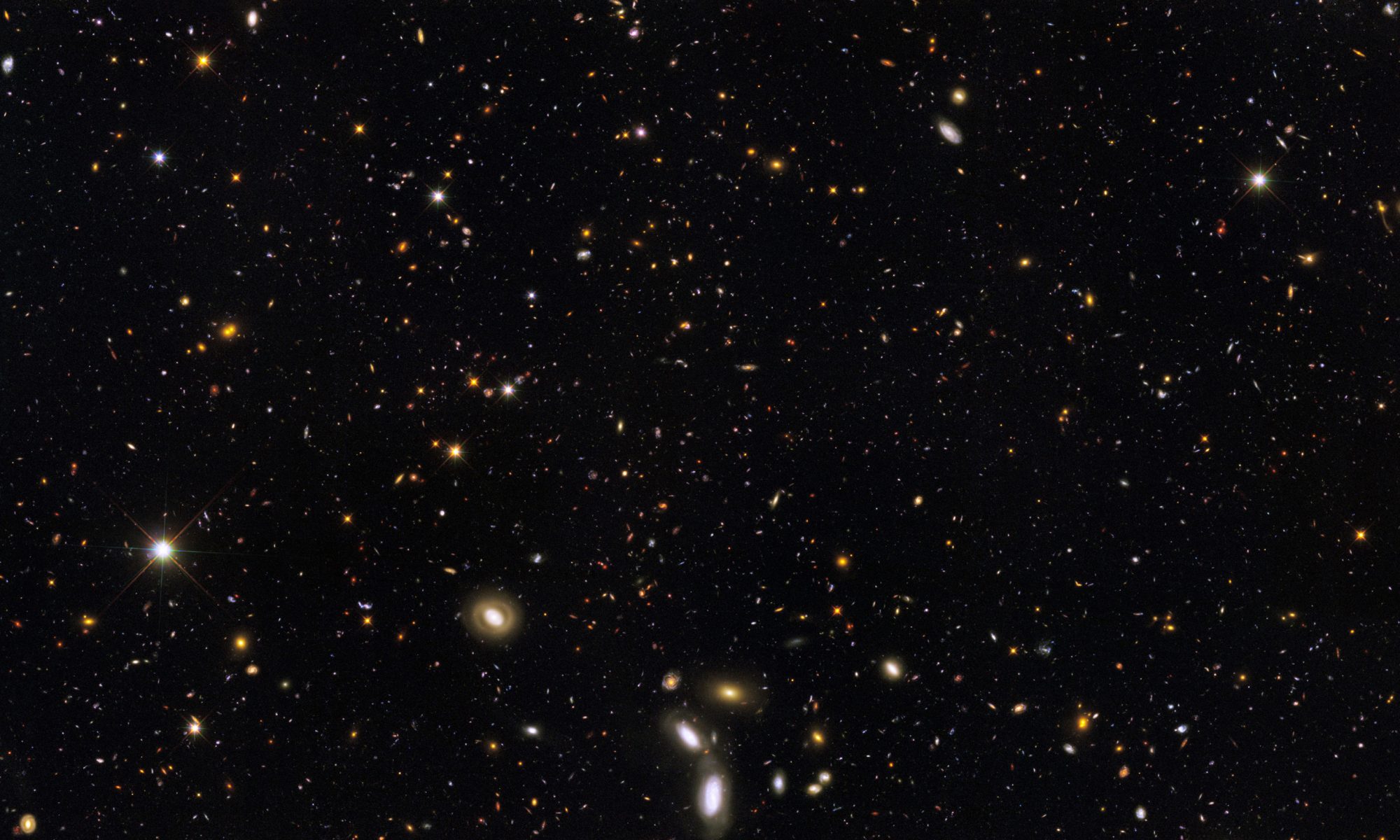One thing that intrigued me was the disparate social setups portrayed in Stephenson’s novel. Very quickly, the “traditional” Chinese culture still operated a rudimentary government: developing law, maintaining a civil court system (of a sort) as well as executive functions in the form of police. In a Western trope of the East reaching back to Marco Polo, the executive head remains cloaked in secrecy and indirect. Though the reader is able to discern this behind-the-curtain power, the Western characters in The Diamond Age are effectively blind to the power broker in the East. The nanotech Stephenson represents in the novel is a tool used by Dr. X to accrete, exercise, and hide his role in the society. The effects of the technology on Western governments could not be more different.
The dissolution of the importance of Western democratic governance is displayed in The Diamond Age through the rise of the phyles and importance and power they exert. Voluntary associations which essentially extend from post-dystopian capitalist international conglomerates, these phyles are exceedingly Western as represented by the primary neo-Victorian phyle of the novel. It is interesting to note that Stephenson includes the Japanese and Indian as additional primary phyles, but that he does not offer enough context to disabuse the reader of his primary Orientalist approach to Eastern nations. Government in the West has dissolved and people have turned to capitalist entities, while in the East, government retains a small but important presence in the form of a stereotyped Chinese communism.
Stephenson addresses other serious issues in relation to nanotech as well. The controlling entities of the Feed are essentially Western, in action at least if not in race. China seems to be the one entity which suffers in Stephenson’s portrayal. Having resumed the role it played in the Victorian era, Stephenson seems to be attempting to meld the two genres of tech-fi (or post-cyberpunk) and steam punk into one world. In doing so, however, he unfortunately relies on Western ideologies mirrored from the original Victorian era. The West as enlightening colonial hegemony and the East as needing-to-be-civilized antiquary in this situation argues a reductive and over-worked world-view.
The argument Stephenson shares with Shteyngart on the ultimate endpoint of technology (and really goal of technology companies) to de-literate the population works well, but there must exist some tropes that have the possibility of minimizing the Orientalist approach while still being able to sell well within the capitalist markets they must please. Alistair Reynolds seems to be able to manage it, although his far-future space operas may be too far out of reach in terms of situationality to have much to say on our current societies.
Works Cited
Stephenson, Neal. The Diamond Age. New York: Bantam Spectra, 2008 (1995).
